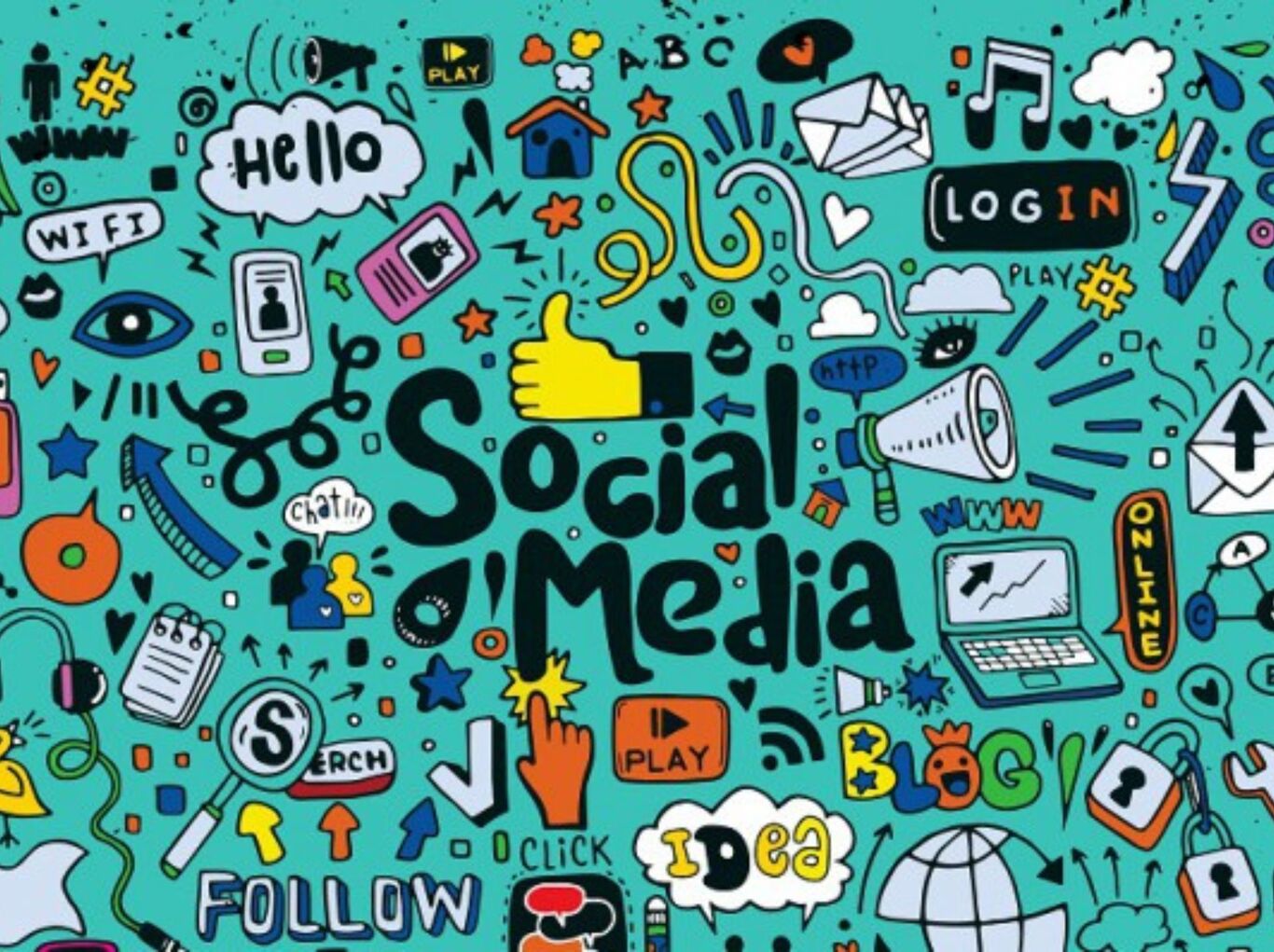Top 13 Leading AI Tools for Businesses Growth Across Sales & Operations (2025)
.webp)
Your CFO wants proof. Your marketing team wants speed. Your ops lead wants fewer manual tasks. And you? You're stuck between 200 AI tools for business listicles that promise everything but explain nothing.
The truth is, artificial intelligence in business isn't about adopting every shiny tool. It's about picking the top AI tools that actually move your KPIs - pipeline velocity, customer acquisition cost, cycle time, satisfaction scores.
In this guide, you'll find 13 vetted AI tools that your business needs to try. Whether you're a Fortune 500 looking at Microsoft Copilot's Agent Mode or a startup eyeing free AI tools, we've mapped outcomes to effort.
Let's find your stack.
What is the importance of AI tools for business?
Remember when AI tools meant chatbots that couldn't understand basic questions? Those days are gone.
Today's artificial intelligence tools plan, execute, and learn across your entire tech stack. The shift is from assistants that draft emails to agents that book meetings, update CRMs, and trigger campaigns without human intervention.
Here are three major changes in business AI:
1. Agents are replacing assistants
Tools like Microsoft Copilot now feature Agent Mode. They monitor your work, suggest actions, and execute tasks autonomously. Zapier Agents connect over 8,000 apps, routing leads and updating records while you sleep.
The difference: Assistants need instructions. Agentic AI need objectives.
2. Native copilots beat standalone tools
Why do enterprises prefer Microsoft 365 Copilot over standalone ChatGPT? Because it lives where work happens. Your team won't context-switch between Gmail and a separate AI tab when Gemini sits inside Docs, Sheets, and Meet.
Integration is the baseline. AI in business management succeeds when adoption friction disappears.
3. Conversational BI becomes standard
Power BI's standalone Copilot rolled out default-on in September 2025. Tableau Pulse delivers geo-aware insights in your language. Looker Studio Pro enables Gemini by default for new subscribers since June 2025.
Your CFO can ask "Why did CAC spike in Q3?" and get answers in seconds, not days.
13 must-have AI tools for business growth
Artificial intelligence is transforming the way businesses operate, and it has impacted every sector. Here are the top 10+ AI tools that your business should explore.
1. ChatGPT Enterprise
What it is: OpenAI's enterprise ChatGPT with SSO, SCIM provisioning, and admin controls. Your IT team decides which connectors employees can use, manages web access, and tracks usage across departments.
Best for: Company-wide content creation, strategic analysis, and any task requiring strong reasoning with proper audit trails and data governance.
2. Microsoft 365 Copilot
What it is: AI assistant embedded across Word, Excel, PowerPoint, Outlook, and Teams. Agent Mode (launched September 2025) enables Excel and Word agents to act autonomously, monitoring your work and suggesting actions without requiring prompts.
Best for: Microsoft-native organisations seeking AI that seamlessly integrates into their existing workflow.
3. Gemini for Google Workspace
What it is: Google's AI baked into Gmail, Docs, Sheets, Slides, Meet, and Chat. Available across Workspace plans, it drafts emails, summarises meetings, builds presentations, and analyses data where you already work.
Best for: Google Workspace organisations that want AI assistance without learning new tools. Particularly strong for collaborative document work and meeting intelligence.
4. HubSpot Breeze
What it is: HubSpot's AI layer featuring Breeze Assistant and four specialised Breeze Agents (Content, Prospecting, Customer, Social). Breeze Studio lets you customise agents or add marketplace options directly into your CRM workflows.
Best for: Marketing and sales teams running on HubSpot who need AI that understands their entire customer context.
5. Salesforce Einstein 1 + Agentforce
What it is: Salesforce's trusted AI platform with Einstein Trust Layer, ensuring your customer data never trains external models. Agentforce enables custom agent building across Sales Cloud, Service Cloud, and Marketing Cloud with deep governance controls.
Best for: Enterprise sales and service operations requiring bulletproof compliance, complex workflow automation, and agents that act across the entire Salesforce ecosystem.
6. Intellsys by GrowthJockey
What it is: GrowthJockey's AI-driven growth marketing platform that consolidates data from 200+ sources, processes 15 million data points per second, and tracks 1,000+ metrics in real time. Delivers instant reports with templates.
Best for: Growth and performance marketing teams drowning in disconnected dashboards. Cuts time-to-insight by 50-70% with ready-to-use reporting frameworks and cross-channel intelligence.
7. OttoPilot by GrowthJockey
What it is: GrowthJockey's all-in-one Business Operating System integrating CRM, sales management, and team performance tracking. Real-time activity monitoring, task alignment, and accountability dashboards in one platform - no more jumping between tools.
Best for: Businesses wanting unified visibility across sales, operations, and team execution. Eliminates tool sprawl whilst improving rep accountability and pipeline predictability.
8. OttoScholar by GrowthJockey
What it is: GrowthJockey's AI-powered exam and admissions platform. Create, deliver, and grade assessments in one flow with automated scoring and instant results. The Cambridge School saved over 100 faculty hours and reduced evaluation time by 78%.
Best for: Educational institutions managing high-volume admissions or assessments. Reduces inquiry-to-offer cycles by ~65% whilst maintaining rigorous evaluation standards.
9. Power BI Copilot
What it is: Microsoft's conversational analytics inside Power BI. Recent updates introduced a standalone full-screen "chat with your data" mode, now rolling out default-on for tenants with Copilot enabled.
Best for: Executive teams and analysts who need instant answers from complex datasets without building reports. Ask questions in plain language, get visualisations in seconds.
10. Adobe Firefly Enterprise
What it is: Adobe's generative AI for images, video, and text effects with enterprise governance. The latest mobile app launch and Firefly Boards rollout added multi-model access (including Google Imagen and OpenAI options).
Best for: Marketing and creative teams scaling content production whilst maintaining brand safety. Strong governance controls and commercial-use rights included.
11. Canva Magic Studio
What it is: Canva's AI suite including Magic Write for copy, Magic Design for layouts, and Dream Lab for text-to-image generation. Helps non-designers create on-brand content fast with simple prompts.
Best for: Small teams or startups needing professional-looking assets without dedicated designers. Faster first drafts than Adobe, though brand governance requires manual workflow setup.
12. Zapier Agents
What it is: Build AI agents that act autonomously across 8,000+ connected apps. No-code setup with templates for common workflows lead routing, campaign operations, finance reconciliation, customer follow-ups.
Best for: Operations teams connecting fragmented systems. Agents handle repetitive cross-app tasks whilst you focus on exceptions and strategy.
13. Slack AI
What it is: AI features across Slack, including channel summaries, daily recaps, and huddle transcriptions. Available on paid plans with Agentforce integration roadmap for Salesforce customers.
Best for: Teams living in Slack who want meeting intelligence and conversation insights without switching platforms. Particularly valuable for distributed teams managing async communication.
How do you pick AI tools that actually deliver ROI?
Your inbox is flooded with demos. Every vendor promises "game changing AI automation." But which artificial intelligence tools will actually reduce your customer acquisition cost or cut support tickets by 40%?
Here's what separates tools that deliver from tools that gather dust:
1. Security and governance come first
Before features, ask: Can your IT team sleep at night?
Enterprise-grade AI tools for business must offer SAML SSO, SCIM provisioning, and role-based access control (RBAC).
ChatGPT Enterprise lets admins control which connectors teams can use. Salesforce's Einstein Trust Layer ensures customer data never trains external models.
2. Stack alignment beats best-in-class
A brilliant standalone tool loses to a decent native copilot - every time.
Why? Because adoption depends on friction. If your sales team lives in HubSpot, Breeze Agents (built into the CRM) will see 10x more usage than a separate AI tool requiring context-switching.
Microsoft shops should prioritise Microsoft 365 Copilot. Google Workspace users? Gemini integration across Gmail, Docs, and Meet is your baseline. Don't fight where your data lives.
3. Time-to-value under 30 days
Pilots that take six months to show results fail. Period.
Top AI tools for business demonstrate measurable impact within 2-4 weeks. Can your marketing team generate campaign briefs faster? Can customer support deflect 20% more tickets? Can executives get answers without waiting for analyst reports?
4. Data controls you can actually use
"AI-powered" means nothing without trust layers.
Look for tenant-level policies (who can access what data), audit logs (track every query and action), and data residency options (where information lives).
5. Measurable business outcomes, not features
Stop comparing feature lists. Start comparing outcome potential.
The best AI tools move metrics that matter:
- Marketing: CAC reduction, campaign velocity, content throughput
- Sales: AI-powered sales automation, pipeline conversion, deal cycle time, forecast accuracy
- Operations: Process completion time, error rates, capacity utilisation
- Analytics: Time-to-insight, executive self-service adoption, decision latency
The real question you should ask
Not "What can this AI tool do?" but "What business problem does it solve that justifies the change management effort?"
In fact, the best AI tools aren't always the newest ones. They're the ones your team will actually use every day to hit targets faster.
Common mistakes that kill AI tool adoption
You've seen the list of top 10+ AI tools. You've picked your pilots. Here's what derails most implementations.
Mistake 1: Piloting too many tools at once
Three simultaneous pilots across different teams create confusion, dilute change management resources, and make it impossible to measure real impact.
Fix: Two pilots maximum per 90 days. Once those prove value, add the next layer. Sequential beats parallel.
Mistake 2: No clear owner or KPIs
"Everyone try this tool" without ownership means nobody takes responsibility for adoption or outcomes.
Fix: Assign one leader per pilot. They set KPIs, run weekly usage reviews, and escalate blockers. No owner, no pilot.
Mistake 3: Ignoring change management
Even the top AI tools fail if your team doesn't understand why they're using them or how they fit existing workflows.
Fix: Budget 20-30% of pilot time for training, prompt sharing, and feedback loops. Adoption is a people problem, not a tech problem.
Mistake 4: Scaling before proving value
Pressure to "go big" pushes teams to deploy company-wide before pilots demonstrate measurable KPI lift.
Fix: Gate broader rollout on clear success criteria - 20%+ improvement in target metrics and 60%+ user adoption. Scale what works, kill what doesn't.
Mistake 5: Treating AI as a project, not a practice
Tools get deployed, used for three months, then forgotten. No quarterly reviews, no optimisation, no expansion into new use cases.
Fix: Schedule quarterly AI stack audits. Which tools drive value? Where are new opportunities? Treat artificial intelligence in business as an evolving capability, not a one-time purchase.
The real question isn't which AI tools to use
It's what business outcomes you're trying to move.
List of AI tools don't matter if they don't reduce your CAC, accelerate your sales cycle, or free your team to focus on strategy instead of busywork.
The 13 artificial intelligence tools in this guide passed three tests: they solve real business problems, they integrate with existing workflows, and they show measurable ROI within weeks, not quarters.
Your move? Pick two. Pilot for 30 days. Measure relentlessly. Scale what works, kill what doesn't.
Because the top 10 AI tools for your competitor might be completely wrong for you. The only best AI tools are the ones your team actually uses to hit targets faster.
Ready to transform how your business uses AI? Explore Intellsys for growth marketing intelligence. Reach out to GrowthJockey - a full-stack venture builder to get a free trial of our AI tools. Let’s find the best resources for your business to scale.
FAQs on AI tools for business
Q1. Which AI tool should I start with?
Start with the assistant that matches your core productivity suite. Microsoft 365 Copilot, Gemini, and ChatGPT are good AI tools to begin with.
Q2. How do I measure ROI on artificial intelligence tools?
Track time savings (drafting time, analysis turnaround, reporting cycles), quality improvements (error rates, approval rounds, customer satisfaction), and throughput increases (content published, leads processed, cases resolved).
Q3. What's the difference between AI assistants and AI agents?
Assistants respond to prompts - you ask, they answer. Agents act autonomously on objectives - you set a goal, and they execute tasks across multiple systems.
Q4. Should I build custom AI tools or buy existing ones?
Buy for 90% of use cases. The popular AI tools listed here represent thousands of engineering hours and millions in R&D investment. Build custom solutions only for truly unique workflows.








